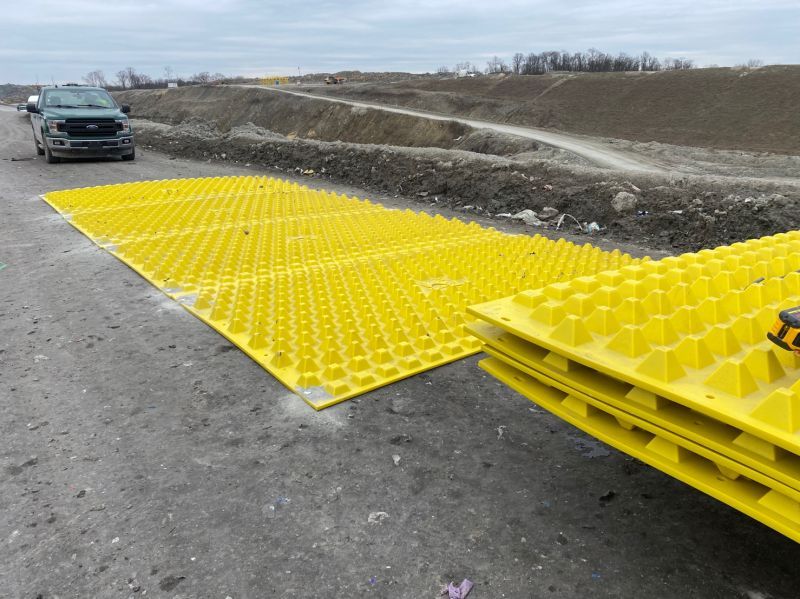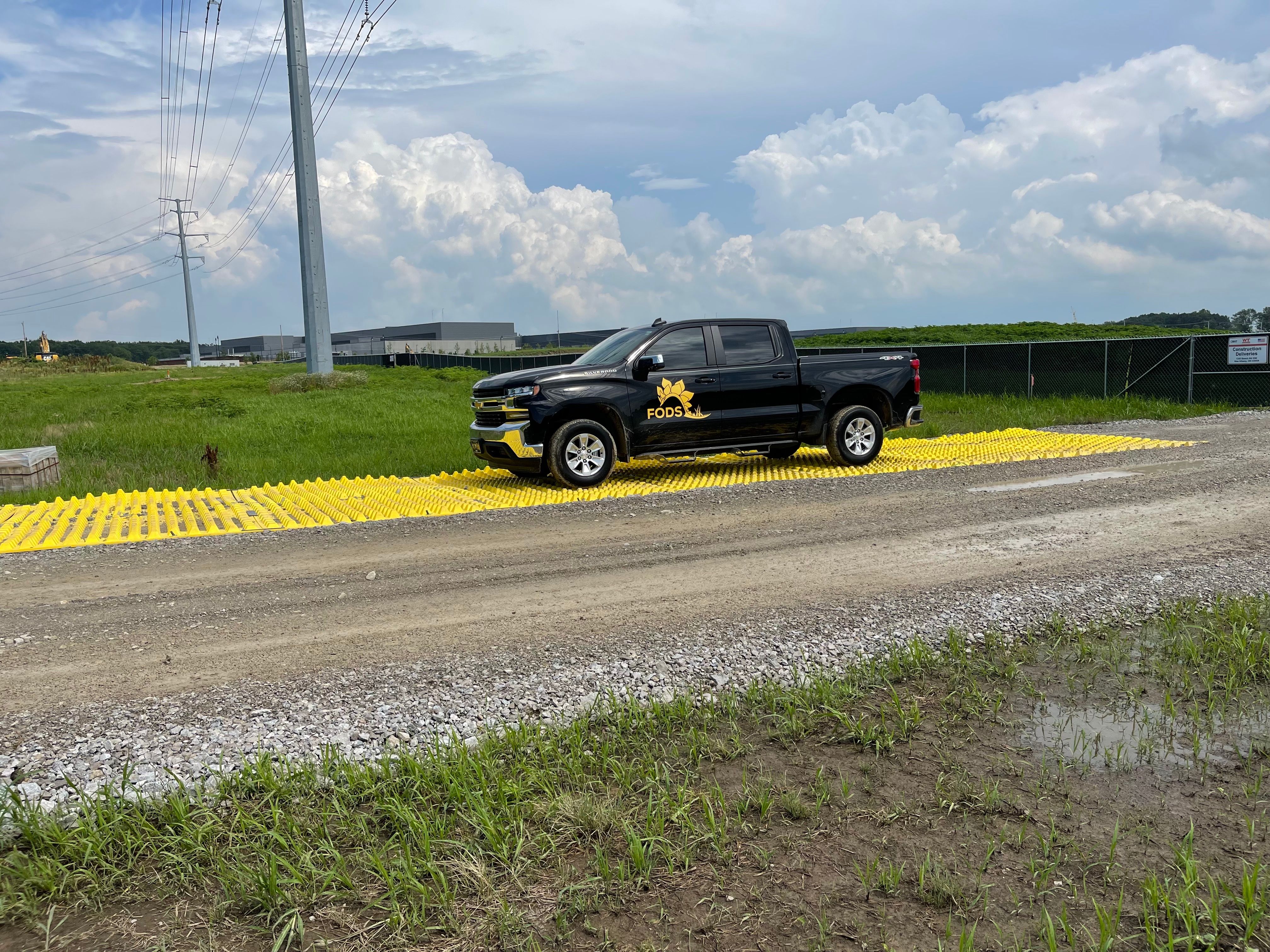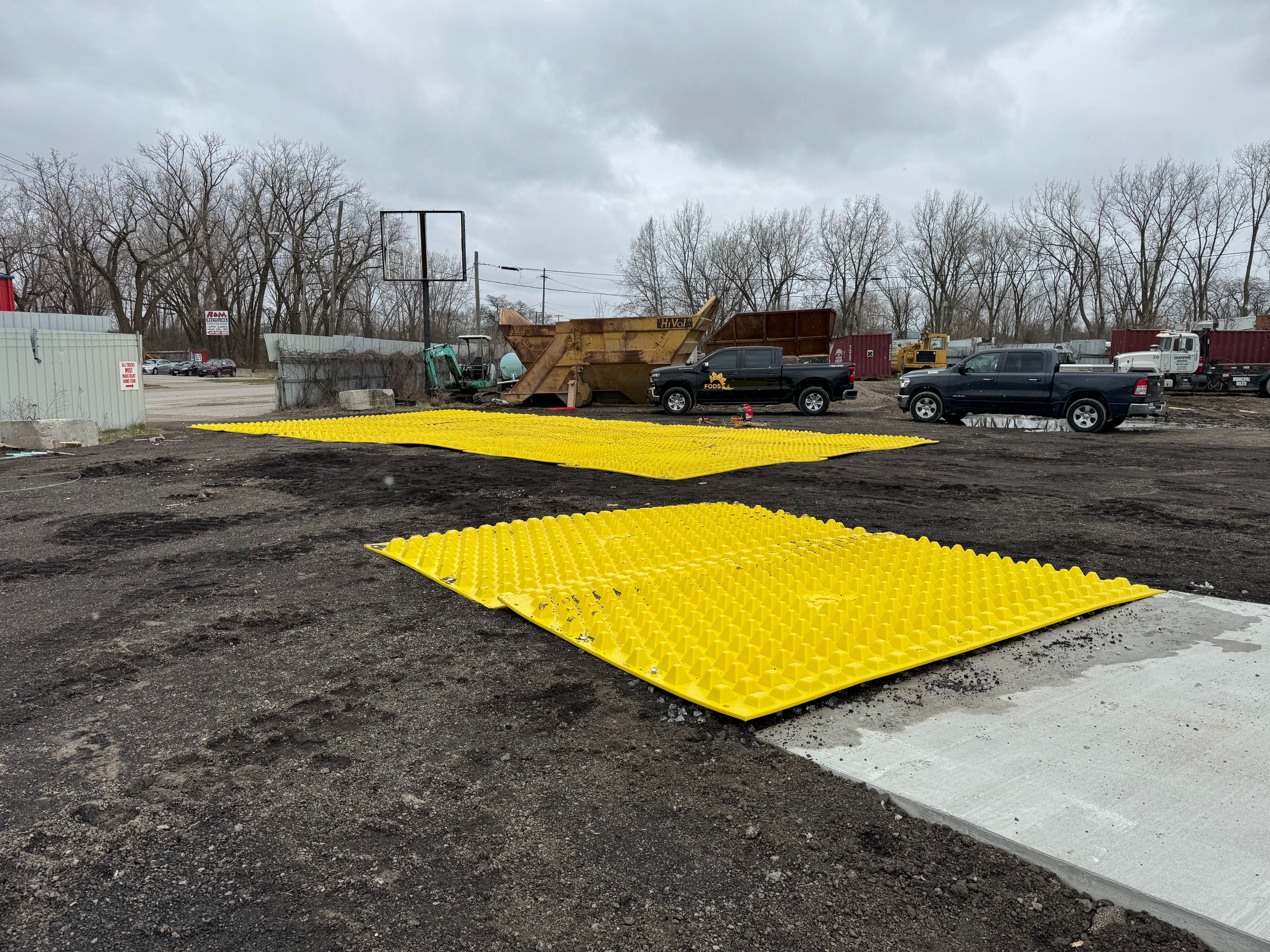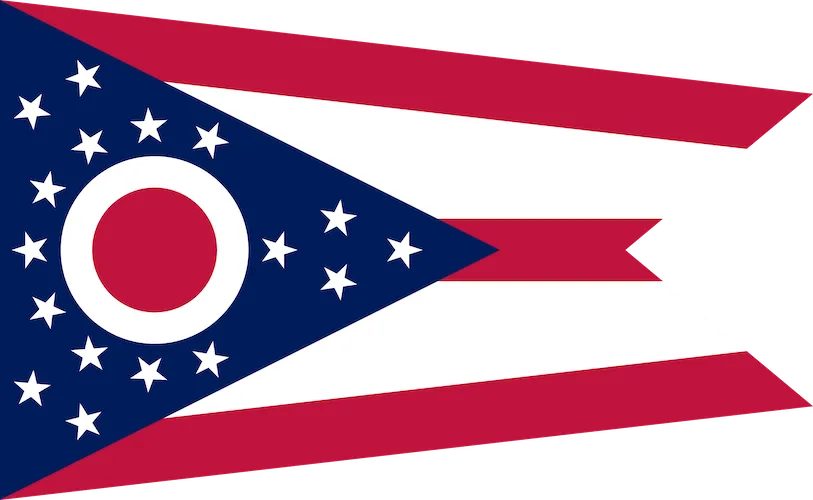Ohio Construction Entrance BMP
The Ohio EPA Division of Surface Waters (DSW) administers Ohio’s delegated National Pollutant Discharge Elimination System (NPDES) permitting program under the framework of the federal Clean Water Act. DSW issues NPDES surface-water discharge permits, including stormwater permits for construction and industrial activities. According to the Ohio Storm Water Program Fact Sheet, “There are two storm water permit application options for industrial and construction activities in Ohio. The first is to submit an individual NPDES permit application. The second is to file a Notice of Intent (NOI) form requesting coverage under a general permit. The general permit process is usually easier and faster than the individual permit process.”
In specific sensitive watersheds, such as portions of the Big Darby Creek and Olentangy River watersheds, construction activities covered under General Permit OHC000005 must follow additional watershed-specific requirements contained in the permit appendices Refer to the Ohio General Permit (OHC000005) Appendices, which include additional watershed-specific requirements for construction activities located partially or entirely within the Big Darby Creek Watershed and portions of the Olentangy River Watershed.
OHIO GENERAL PERMIT OHC000005
Construction site operators must submit a Notice of Intent (NOI) and develop a Stormwater Pollution Prevention Plan (SWPPP) before obtaining coverage under General Permit OHC000005 and commencing construction activities.
To obtain a Stormwater Discharge General Permit (OHC000005), contractors must create a Stormwater Pollution Prevention Plan (SWP3), which identifies the person responsible for ensuring that pollution control measures are implemented on the project. The SWP3 must also contain a site map that identifies potential pollution sources and Best Management Practices (BMPs) to be used for pollution mitigation.
On many construction projects, one of the first BMPs installed is a stabilized construction entrance to help reduce mud tracked off-site by construction traffic. A construction entrance is designed to reduce the mud tracked off-site with construction traffic. Technical details about BMPs, including construction entrances, are listed in the Rainwater and Land Development Manual.

RAINWATER AND LAND DEVELOPMENT MANUAL: 7.4 CONSTRUCTION ENTRANCE
Guidelines and techniques for implementing stabilized construction entrances are listed in Chapter 7, Section 4 of the manual. The manual describes a traditional construction entrance that is composed of a “stabilized pad of stone underlain with a geotextile.” The stabilized pad must incorporate at least 6 inches of stone depth. If the entrance is used for heavy-duty loads, the depth should be increased to 10 inches. The manual provides guidance recommending stabilized stone pads that are at least 14 feet wide and 70 feet long (30 feet for individual lots), with a minimum stone depth of 6 inches or 10 inches for heavy-duty use. To prevent runoff from entering roadways, additional measures should also be implemented to divert runoff to a sediment basin or contain it within the job site.
Maintaining a stabilized stone entrance is necessary when the stone becomes compacted or when sediment accumulates between the rocks. When sediment is built up on the stone pad, the surface becomes smoother and will no longer provide adequate reduction in vehicle trackout. Maintaining a stone entrance involves periodic top dressing with additional stone or washing and reworking of existing stone if feasible.
If a stabilized stone pad is not sufficient to control track-out, additional measures such as a wheel wash may be installed to improve tire-cleaning performance. Wheel wash systems spray pressurized water onto vehicle tires to remove sediment, and contractors must ensure that proper containment is implemented for sediment-laden water. Using a wheel wash is an effective way to address trackout; however, using water in cold weather can create icy conditions.
FODS Reusable Construction Entrance Mats provide an alternative method to help minimize mud leaving construction sites and can be used in a wide range of weather conditions. FODS mats are designed to be installed and maintained without the routine use of heavy equipment and can be reused across multiple projects.

FODS REUSABLE CONSTRUCTION ENTRANCE MATS
The FODS Trackout Control System is a modular system consisting of 12’ x 7’ mats that are linked together with connecting hardware and anchored to the ground. The mats can be installed without excavation and over a variety of substrates, including soil and asphalt. Installation, relocation, maintenance, and even removal can all be completed without the need for heavy equipment.
Because the FODS Construction Entrance System does not use water, the system is safe to use in cold weather without producing icy road conditions. FODS mats are also rockless and eliminate the danger of aggregate getting stuck between dual tires and ample tire tread, which can be expelled at high speeds. No rocks are used in the construction entrance, so there is no chance that fugitive aggregate will make its way onto the active roadways.
FODS are built with durability and simple maintainability in mind. The tops of the composite mats are formed into pyramids, which deform vehicle tires and effectively remove sediment stuck inside the tire tread. The pyramids simulate the rough surface that is provided with stone tracking pads, but do not compact or degrade over time. The base of the pyramids acts as a void to catch debris, so deposited sediment does not come into contact with other vehicles. When sediment builds up to the tops of the pyramids (2.5” - 3” of sediment), the mats can be easily cleaned with a FODS shovel or sweeper to restore functionality.
The FODS Reusable Construction Entrance can be configured as a standalone entrance or used in combination with other BMPs, depending on site conditions and permit requirements. A standard layout is a 1x5T, which is arranged in a “T” shape to provide a wide turning radius. FODS entrances typically use 4 - 8 mats depending on conditions and expected traffic volume. These configurations offer a linear distance of between 28’ and 56’. Where site conditions allow, a typical 1×5T layout (approximately 35 feet of travel surface) is commonly used as an alternative to longer stabilized stone entrances.

A key advantage of FODS construction entrances is that the mats can be easily relocated throughout various phases of a construction project. Engineered for high durability, FODS mats are designed to have a service life of 10 years or more.
Additional Resources:
Ohio EPA Technical Rainwater and Land Development Handbook Section 7.4 Excerpt
Ohio EPA Technical Rainwater and Land Development Handbook Section 7
Ohio EPA Technical Rainwater and Land Development Handbook
Ohio DOT Construction Administration Manuals

